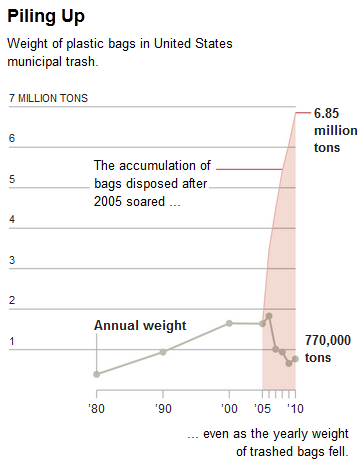Leverage Networks is filling the gap left by the shutdown of Pegasus Communications:
We are excited to announce our new company, Leverage Networks, Inc. We have acquired most of the assets of Pegasus Communications and are looking forward to driving its reinvention. Below is our official press release which provides more details. We invite you to visit our interim website at leveragenetworks.com to see what we have planned for the upcoming months. You will soon be able to access most of the existing Pegasus products through a newly revamped online store that offers customer reviews, improved categorization, and helpful suggestions for additional products that you might find interesting. Features and applications will include a calendar of events, a service marketplace, and community forums
As we continue the reinvention, we encourage suggestions, thoughts, inquiries and any notes on current and future products, services or resources that you feel support our mission of bringing the tools of Systems Thinking, System Dynamics, and Organizational Learning to the world.
Please share or forward this email to friends and colleagues and watch for future emails as we roll out new initiatives.
Thank you,
Kris Wile, Co-President
Rebecca Niles, Co-President
Kate Skaare, Director
As we create the Leverage Networks platform, it is important that the entire community surrounding Organizational Learning, Systems Thinking and System Dynamics be part of the evolution. We envision a virtual space that is composed both archival and newly generated (by partners, community members) resources in our Knowledge Base, a peer-supported Service Marketplace where service providers (coaches, graphic facilitators, modelers, and consultants) can hang a virtual “shingle” to connect with new projects, and finally a fully interactive Calendar of events for webinars, seminars, live conferences and trainings.
If you are interested in working with us as a partner or vendor, please email partners@leveragenetworks.com



 The accumulation of bags in the landfill can only go up, because it has no outflow (though in reality there’s presumably some very slow rate of degradation). The integration in the stock renders
The accumulation of bags in the landfill can only go up, because it has no outflow (though in reality there’s presumably some very slow rate of degradation). The integration in the stock renders 